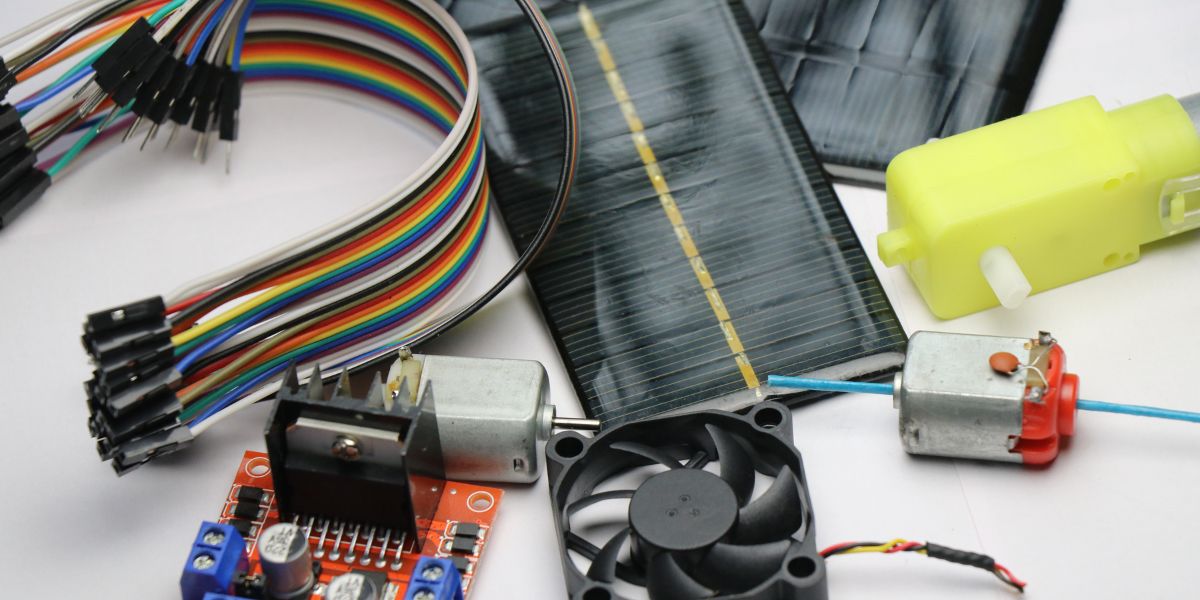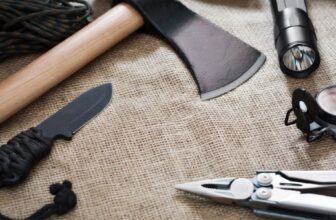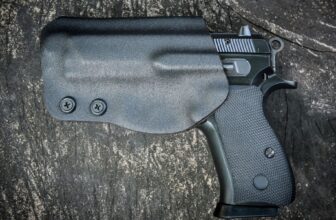
Ensuring the upkeep of your EDC gear is crucial for its reliability and longevity. Regular inspections, cleaning, and lubrication are key components of maintenance to prevent wear and tear. Organizing and storing your gear effectively can save you time and frustration when you need it most. By taking these proactive steps, you can be confident in the readiness of your EDC gear. Remember, a well-maintained toolkit can be the difference between being prepared or caught off guard.
Importance of Regular Maintenance
Regular maintenance of your EDC gear is crucial to ensure its functionality and longevity. By regularly inspecting and maintaining your gear, you can prevent unexpected failures that could compromise your safety or preparedness. Checking for wear and tear, loose screws, or any signs of damage should be part of your routine. This proactive approach can help you address minor issues before they escalate into more significant problems.
Additionally, regular maintenance allows you to familiarize yourself with the condition of your gear. Understanding how each piece functions and recognizing any changes in performance can give you confidence in relying on your equipment when needed. It also presents an opportunity to replace worn-out parts or upgrade components to enhance the overall effectiveness of your EDC setup.
Investing time in maintaining your EDC gear not only ensures its reliability but also extends its lifespan. Proper care and attention can make a significant difference in how well your gear performs over time, making it a worthwhile practice for any prepared individual.
Cleaning and Lubricating Your Gear
To maintain optimal performance and longevity of your EDC gear, it's essential to regularly clean and lubricate each piece. Cleaning your gear helps remove dirt, dust, and debris that can affect its functionality over time. Start by disassembling your gear following the manufacturer's instructions, then use a soft brush or cloth to remove any visible particles. For stubborn dirt, a gentle cleaner can be used, ensuring it's suitable for the material of your gear. After cleaning, thoroughly dry each component to prevent rust or corrosion.
Once your gear is clean, it's crucial to lubricate moving parts to reduce friction and wear. Apply a small amount of lubricant, specifically designed for your gear type, to pivot points, springs, or any areas that require it. Be careful not to over-lubricate, as excess oil can attract dirt and grime. Regular cleaning and lubrication won't only keep your EDC gear looking good but also ensure it functions smoothly when you need it most.
Inspecting for Wear and Tear
Inspect your EDC gear regularly for signs of wear and tear to ensure its continued reliability and performance. Check for any fraying on straps, loose stitching, or cracks in handles. Scrutinize the blade of your knife for any chips, dullness, or rust spots that may affect its cutting ability.
Ensure that the locking mechanisms on your tools are still functioning correctly and securely. For flashlights, inspect the lens for scratches or cracks that can impede the light output. Examine the casing for any dents or corrosion, which might affect its waterproofing. Additionally, test the battery life to ensure it's holding a charge effectively.
For multitools, check each tool for signs of damage or if they're still locking in place correctly. By regularly inspecting your EDC gear, you can catch any issues early on and address them promptly, extending the lifespan of your essential tools.
Storing and Organizing Your EDC Gear
Check that your EDC gear is stored securely and efficiently to ensure quick access and optimal organization when you need it most. Consider using a designated EDC organizer, like a pouch or a compact case, to keep all your essentials in one place.
Utilize compartments or dividers within the organizer to separate items based on their use or size, making it easier to locate them when required. If you prefer carrying your gear loose in your pockets or bag, ensure each item has a specific place to prevent them from moving around and getting jumbled up.
Additionally, label or color-code different sections of your storage solution for faster identification of tools or equipment. Regularly check your storage system for any items that may need replacing or replenishing, and make adjustments based on your evolving needs.




